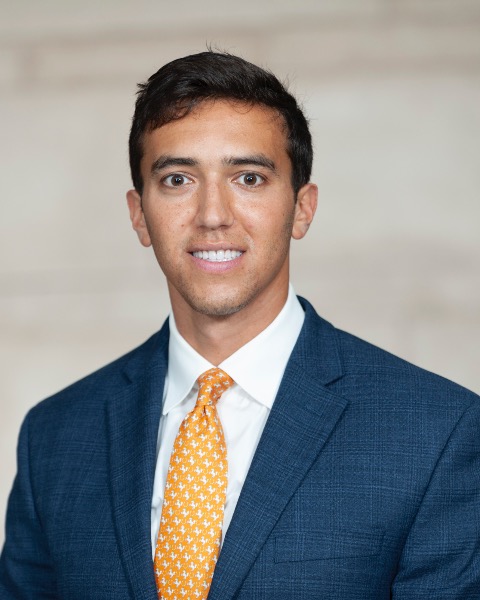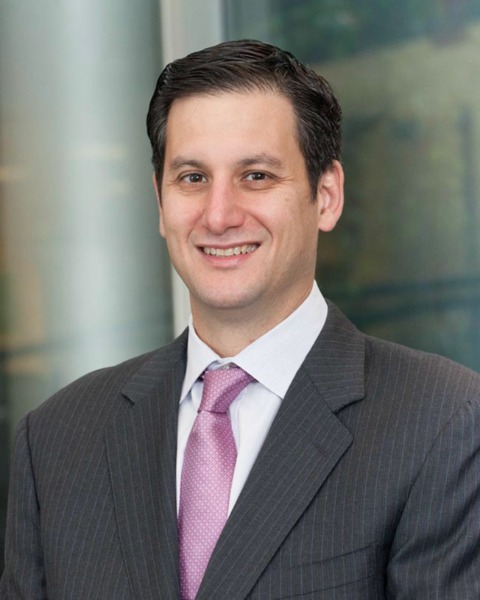Hepato-pancreato-biliary
E214: Inter-reader agreement of imaging response after neoadjuvant chemotherapy in pancreatic ductal adenocarcinoma

Jon S. Heiselman, PhD
Research Associate
Memorial Sloan Kettering Cancer Center
New York, New York, United States
Jon S. Heiselman, PhD
Research Associate
Memorial Sloan Kettering Cancer Center
New York, New York, United States
Jon S. Heiselman, PhD
Research Associate
Memorial Sloan Kettering Cancer Center
New York, New York, United States- NH
Natally Horvat, MD, PhD
Assistant Attending Radiologist
Memorial Sloan Kettering Cancer Center, United States - BA
Burcin Agridag-Upcinar, MD
Radiology Fellow
Memorial Sloan Kettering Cancer Center, United States - OY
Onur Yildirim, MD
Instructor of Radiology
Memorial Sloan Kettering Cancer Center, United States 
Brett L. Ecker, MD
Assistant Professor of Surgery
Rutgers Cancer Institute of New Jersey - Rutgers Robert Wood Johnson Medical School, United States- EO
Eileen M. O'Reilly, MD
Chair of Medical Oncology
Memorial Sloan Kettering Cancer Center, United States - JD
Jeffrey A. Drebin, MD, PhD
Chair of Surgery
Memorial Sloan Kettering Cancer Center, United States 
Vinod P. Balachandran, MD
Assistant Attending Surgeon
Memorial Sloan Kettering Cancer Center, United States- TK
T. Peter Kingham, MD
Attending Surgeon
Memorial Sloan Kettering Cancer Center, United States 
Michael I. I. D'Angelica, MD
Attending Surgeon
Memorial Sloan Kettering Cancer Center
New York, New York, United States- KS
Kevin C. C. Soares, MD
Assistant Attending Surgeon
Memorial Sloan Kettering Cancer Center, United States - RD
Richard K. G. Do, MD, PhD
Attending Radiologist
Memorial Sloan Kettering Cancer Center, United States - ME
Maria El Homsi, MD
Assistant Attending Radiologist
Memorial Sloan Kettering Cancer Center, United States - WJ
William R. R. Jarnagin, MD
Chief of Hepatopancreatobiliary Surgery
Memorial Sloan Kettering Cancer Center, United States 
Alice C. Wei, MD, MS, FRCSC (she/her/hers)
Attending Surgeon
Memorial Sloan Kettering Cancer Center
New York, New York, United States- JC
Jayasree Chakraborty, PhD
Assistant Attending
Memorial Sloan Kettering Cancer Center, United States
ePoster Abstract Author(s)
Submitter(s)
Author(s)
Methods:
N=30 patients enrolled in a Phase II clinical trial comparing outcomes of a NAT regimen were retrospectively analyzed. In baseline and restaging CT, whole pancreas and tumor segmentations and tumor diameters were annotated by 2 expert attending radiologists and 2 novice radiology fellows. For each reader, percent change in tumor diameter (RECIST score), percent change in tumor volume (ΔV), and difference in ratio of tumor burden to pancreas volume (ΔB) were computed as QIB for TR across the NAT interval via two approaches: image registration of the baseline tumor region of interest, and direct segmentation of the PDAC lesion in baseline and restaging images. Inter-reader agreements of RECIST, ΔV, and ΔB QIB from both approaches were compared via concordance correlation coefficient (CCC). Associations with OS and RFS were compared over 5-year follow-up via Harrell’s C-index.
Results: Among expert readers, RECIST score CCC was 0.77 [95% CI: 0.59-0.88], while CCC of image registration QIB was significantly higher (ΔV: 0.95 [0.90-0.98], p=0.002; ΔB: 0.93 [0.86-0.97], p=0.014). ΔV and ΔB QIB measured by direct segmentation produced lower CCC than QIB measured by image registration (p< 0.001). Among novice readers, RECIST score CCC was 0.26 [-0.17-0.61], which was lower than CCC of image registration QIB (ΔV: 0.83 [0.67-0.91], p=0.002; ΔB: 0.70 [0.48-0.84], p=0.035) that achieved more similar CCC to expert readers. Expert readers achieved higher QIB CCC agreements than novice readers (p< 0.05). While image registration QIB did not differ from RECIST in association with RFS, registration-based QIB predicted OS with higher C-index (ΔV: 0.58 [0.44-0.72], p=0.049; ΔB: 0.63 [0.52-0.74], p=0.027) than RECIST (0.50 [0.36-0.64]) among experts.
Conclusions:
Longitudinal registration of the pancreas yields more consistent QIB for PDAC TR with stronger association to OS outcomes than RECIST. These registration-based QIB aim to advance PDAC management by improving patient-specific discrimination of TR after NAT.
Learning Objectives:
- Recognize the importance and need for imaging biomarkers towards assessing therapeutic response of pancreatic ductal adenocarcinoma after neoadjuvant chemotherapy
- Describe and critically assess key quantitative imaging biomarkers for assessing therapeutic response
- Understand and interpret assessment strategies to determine inter-reader variabilities associated with measurement of quantitative imaging biomarkers
